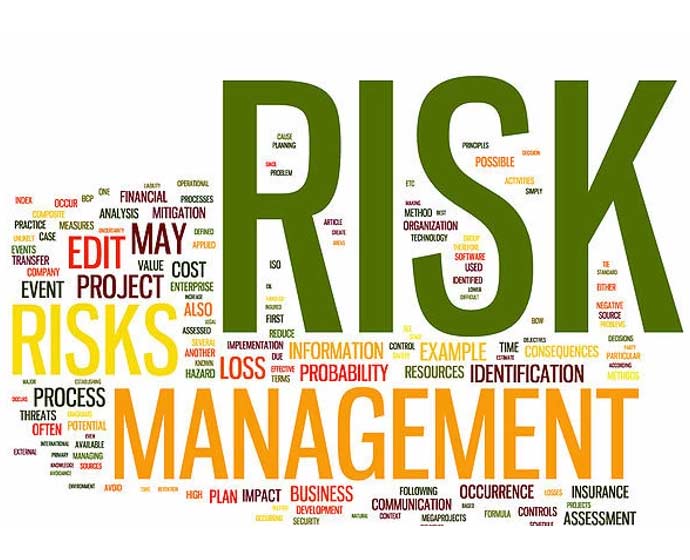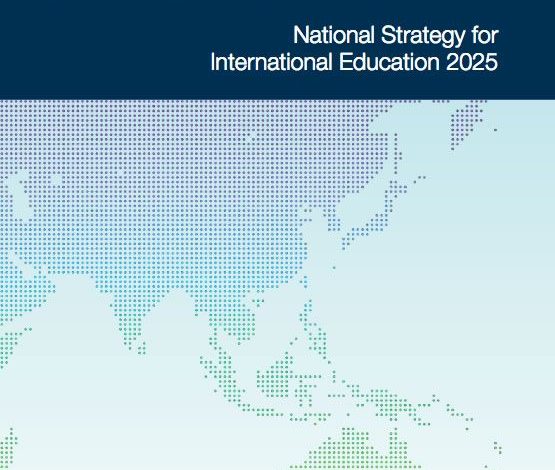In this third and final part of our “compliance and quality assurance,” articles, we are continuing to discuss compliance and quality assurance requirements, standards, expectations and the differences between them.
How does quality assurance differ from compliance?
It can be overwhelming trying to keep track of all your organisation’s compliance obligations. That’s why many businesses put programs in place to ensure they can meet their obligations and identify any potential breaches of law, regulations or standards. These programs are often called quality assurance or quality control.
Quality assurance may include documenting your RTO processes and practices, having a specific organisational structure, or putting in place policy framework that guides how your registered training organisation operates. These give your RTO a systematic approach to meeting its professional and legal obligations.
While every business is different, there are some general standards that businesses can be certified in, as developed by the International Organisation for Standardisation (ISO). Although not always essential, following these ISO processes can bring trust and confidence to your staff and clients.
Therefore, when differentiating between quality assurance and compliance, you can consider meeting VQF requirements to meet compliance needs and ISO to meet the quality needs of your organisation.
Putting in place quality assurance measures can benefit your business by:
- Ensuring you identify potential compliance issues and resolve them quickly
- Reducing your risk of missing any compliance obligations
- Improving how your RTO is run and giving your employees more certainty over how to do their job
- Reducing your risk if your RTO is subject to any legal issues or claims
- Increasing the efficiency of your RTO because you will be spending less time working out how to do things or fixing mistakes.
Quality assurance is part of running a well-managed registered training organisation.
Do I need to do both compliance and quality assurance?
Compliance is not something you can choose to do; it’s legally required by bodies like ASIC. While quality assurance is not demanded by law, it is good business practice to put programs in place to help you meet your compliance obligations and run your business. Sometimes, Industry stakeholders may even ask your RTO to have quality assurance programs in place.



















